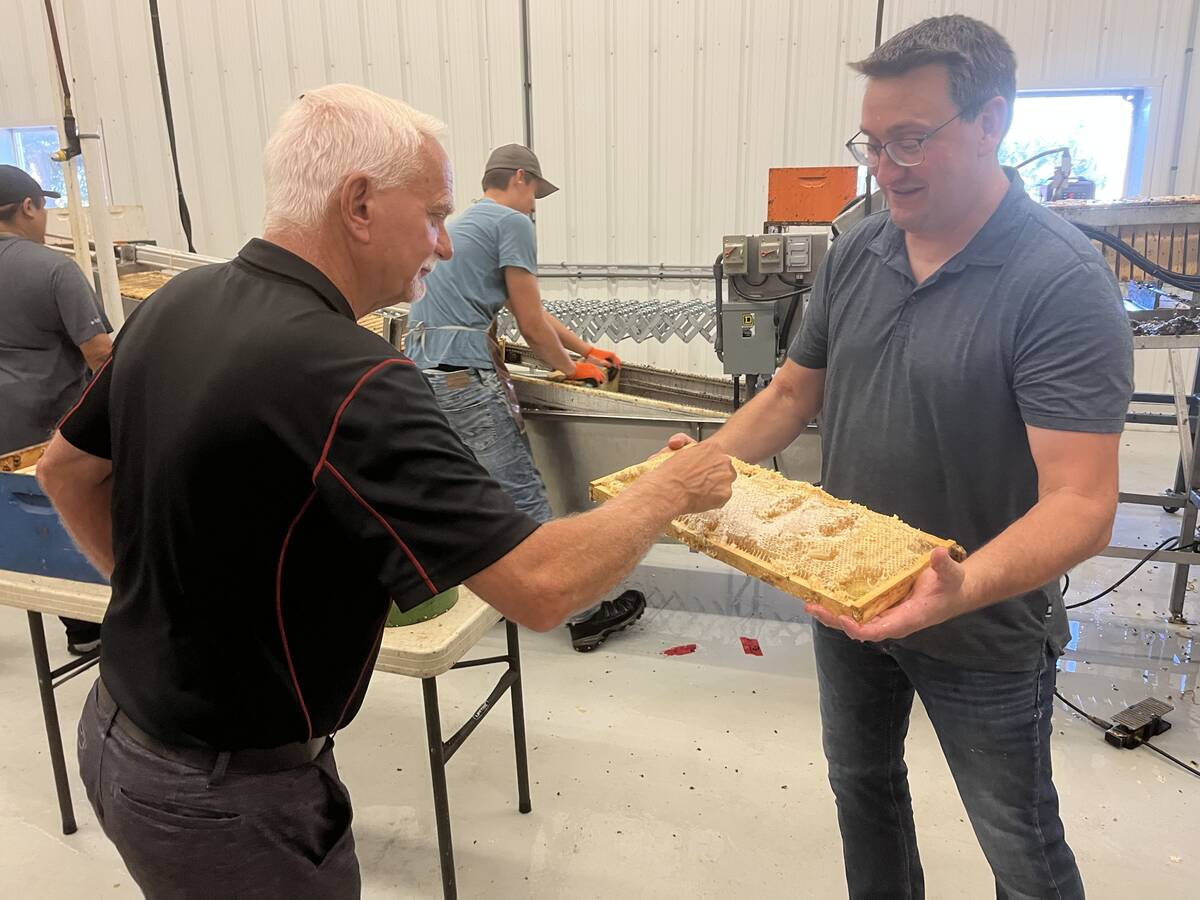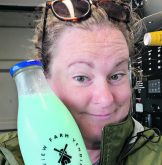One of the biggest joys of spring and summer on the Prairies is the profusion of wildflowers.
They make the ideal subject for photography because they are usually close at hand, and the riot of colour is irresistible.
The best part is that we can experiment with different photographic techniques and create our own artistic spin.
Cloudy or overcast days are just what we need in some cases. A wildflower meadow in full sunlight may be fine if we’re looking at a grand scene that includes the meadow, hills, and sky. However, direct sunlight is often too harsh to capture enough close-up details, especially delicate plants with white or light-coloured petals.
Read Also

Alberta honey business ‘thrives’ despite bumpy beginnings
Thrive Honey showcases its honey production in market where Alberta produces 40 per cent of all honey produced in the country
Clouds act as giant diffusers, smoothing out the highlights and deep shadows to reveal more detail. On a sunny day, photographing in either early morning or evening helps avoid the harshest light.
Another trick for close-up photos is to stand between the sun and the flower so your shadow shades the area that you’re photographing. Or use an umbrella to create a wider shade area.
Showing the setting where the flowers grow adds interest to the photo and gives it a sense of place. But sometimes the background is messy or overly complicated and may be distracting. In that case, try to eliminate or at least simplify the background. One way to do this is to get low to the ground so that most of the background is sky.
The most common way to simplify the background is to use a wide aperture on your lens (a small f-stop number such as f/2.8 or f/4), which results in a shallow depth of field. The flower will be sharp but the background will be thrown out of focus, making the flower stand out. This effect becomes even more pronounced with a telephoto lens.
In many cases, only a small part of the flower may be in focus, with the rest of the scene having a blurry or dreamy look, which can be effective when there is a mix of colours. Vary the camera settings and see where your imagination takes you. There is no right or wrong approach.
Another technique to try is shooting into the sun when it is low in the sky, so that the flower is backlit. Also vary the shutter speed. We usually want a fairly fast speed to stop flowers from moving in the breeze; however, on an especially windy day we might purposely use a slow shutter speed to show movement, resulting in a blur of colour.
Natural grasslands provide prime wildflower habitat, including pastures and even roadsides. Head to any prairie park, such as Grasslands National Park, for top flower displays. In the southernmost parks, so much depends on rainfall, with flowers popping up everywhere during a wet year.
A wildflower hotspot is Riding Mountain National Park in Manitoba, which tends to get higher rainfall. Our favourite area is around the bison pasture near Audy Lake, where photos of wildflower displays often include a few grazing bison as well.
A bit farther north, the combination of prairie with aspen parkland and boreal forest makes for a richer flower mix because of the varied habitats. Popular spots include Prince Albert National Park and the Duck Mountain Highlands straddling the Saskatchewan-Manitoba border.
If we were to pick one place for spectacular prairie wildflower displays, it would certainly be the Cypress Hills of Saskatchewan and Alberta.
The mix of forest, grasslands, and highlands serves up countless plants common to all these landscapes. The hills have their specialties such as sticky geranium and shooting star, along with showy stalks of blue, pink, and mauve lupins.
Cypress Hills has two main wildflower seasons. The biggest bloom with the most variety is usually around late July and early August, as in most other places. But if you’re really into flowers, also consider mid- to late-June for wild orchids. There are more orchids at Cypress Hills than anywhere else on the Prairies. Most striking is the Calypso orchid, and there’s the chance to see rarities such as the Sparrow’s egg lady’s slipper and the delicate, purple-striped round-leaved orchid.


















